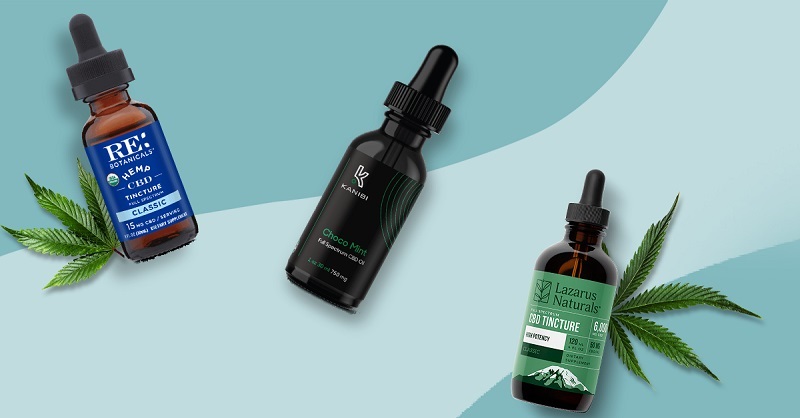
The sheer amount of different CBD products that can be bought through online businesses that distribute products on a daily basis or by other modes of transportation is mind-boggling. The CBD products are often highly perishable and must be delivered in the best condition possible. Custom printed CBD boxes are frequently used. It is required to use auxiliary packaging materials in order to protect them from being damaged during transportation and storage. Paper, bubble bags, air cushions, foam, and Styrofoam are some of the materials used in this process. With a single statistic, it is possible to estimate the amount of filling material that is used: the CBD business, by itself, sends more than two million shipments across the border into the United States each year.
It should come as no surprise that, for many organizations, the cost of raw materials has long been a deciding factor in their raw material choices. However, as environmental consciousness and resource scarcity grow in importance, people are beginning to rethink their positions in the light of these trends. Today, the company’s motto is “economically and environmentally sound.”
Plastic, bioplastic, or paper are all acceptable options
The majority of CBD packaging developed in this country is composed of plastic, with plastic accounting for about 40% of all CBD Packaging produced each year. In particular, we are talking about around 5.6 million tons of packaging that is introduced into the market in the shape of films and other materials. The drawbacks of materials that are mostly derived from crude oil are well known: both the increasing demand for crude oil and the political instability of the nations that produce it have led to dramatic price increases in the past few years.
Furthermore, because it is not biodegradable, plastic is detrimental to the ecosystem in many ways as well. In recent years, packaging constructed of bio-plastics has established itself as a viable alternative to traditional plastic packaging. This consists of materials that are biodegradable and, in many cases, are made from renewable resources. By the way, cellophane, which was initially mass-produced in 1923 and is still in use today, is one of the oldest bio-plastics. It is used, among other things, in the creation of foils.
Biodegradable plastics are being used
When it comes to their disposal, bioplastics are a contentious topic of discussion. Additionally, biodegradable plastics are disposed of in garbage incineration plants’ ovens. This occurs for the simple reason that the conversion of the substances that occurs during the process of technical composting does not always occur to the amount that the composter desires. The difference between biodegradable and compostable materials is that compostable materials have a specific time limit for degradation, whilst biodegradable materials do not.
Conclusion
As an alternate filler, foam can be used for conventional products such as CBD boxes with CBD Labels that are shipped on a regular basis. In this situation, the proper foam portions for the products can be prefabricated in advance, allowing the staff to pack the goods in a timely and safe manner. Paper has been and continues to be the most environmentally friendly packing material, and it should be recycled wherever possible.
